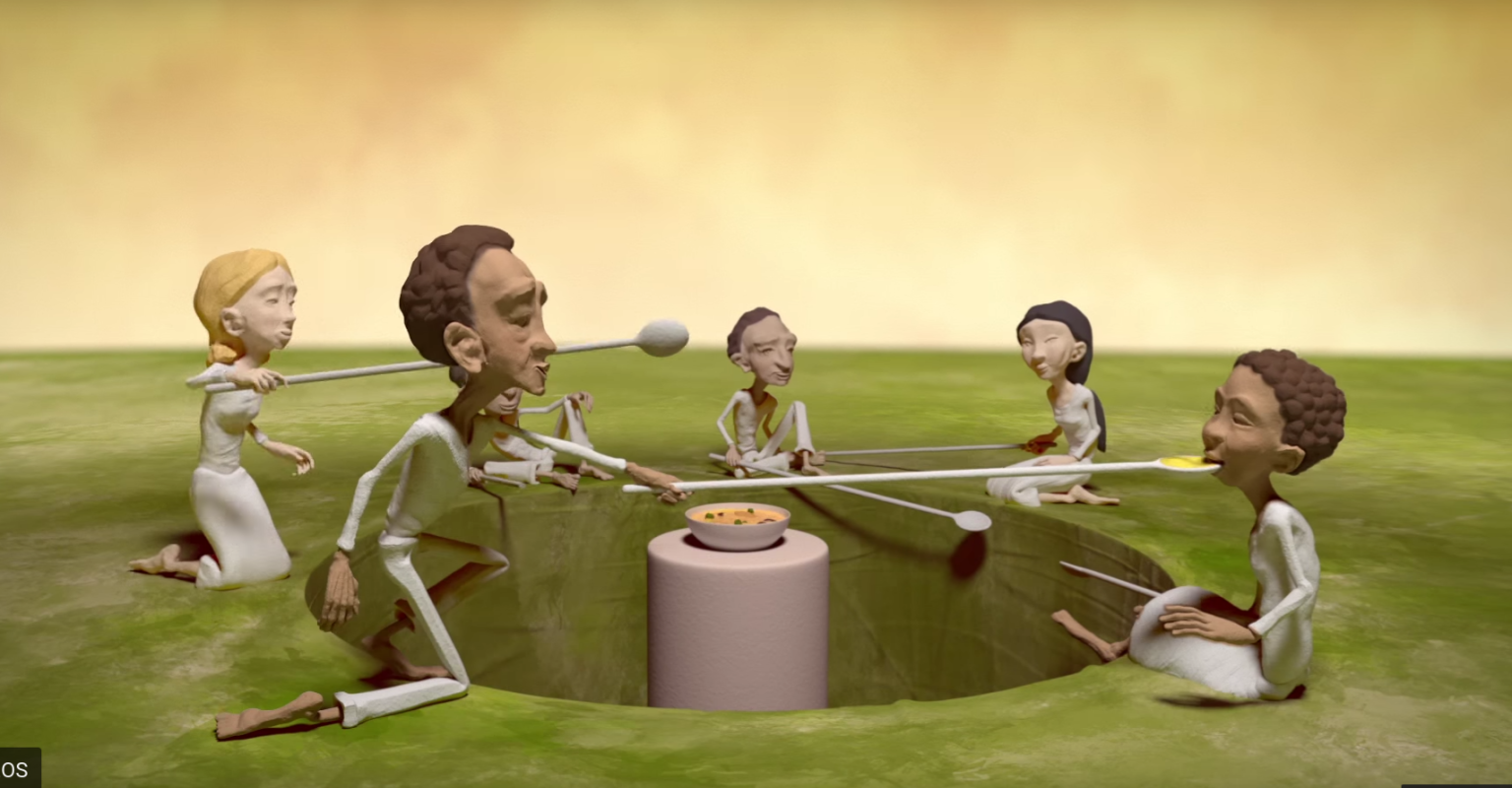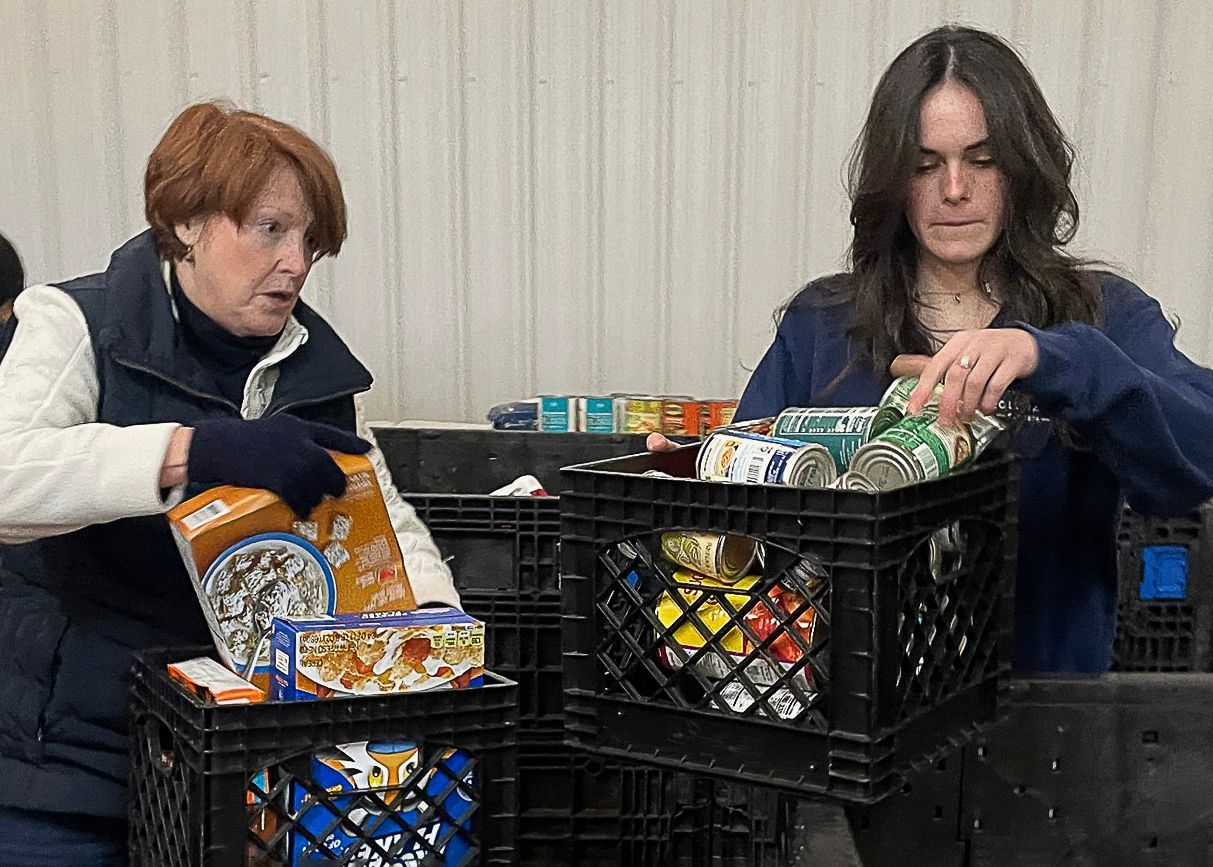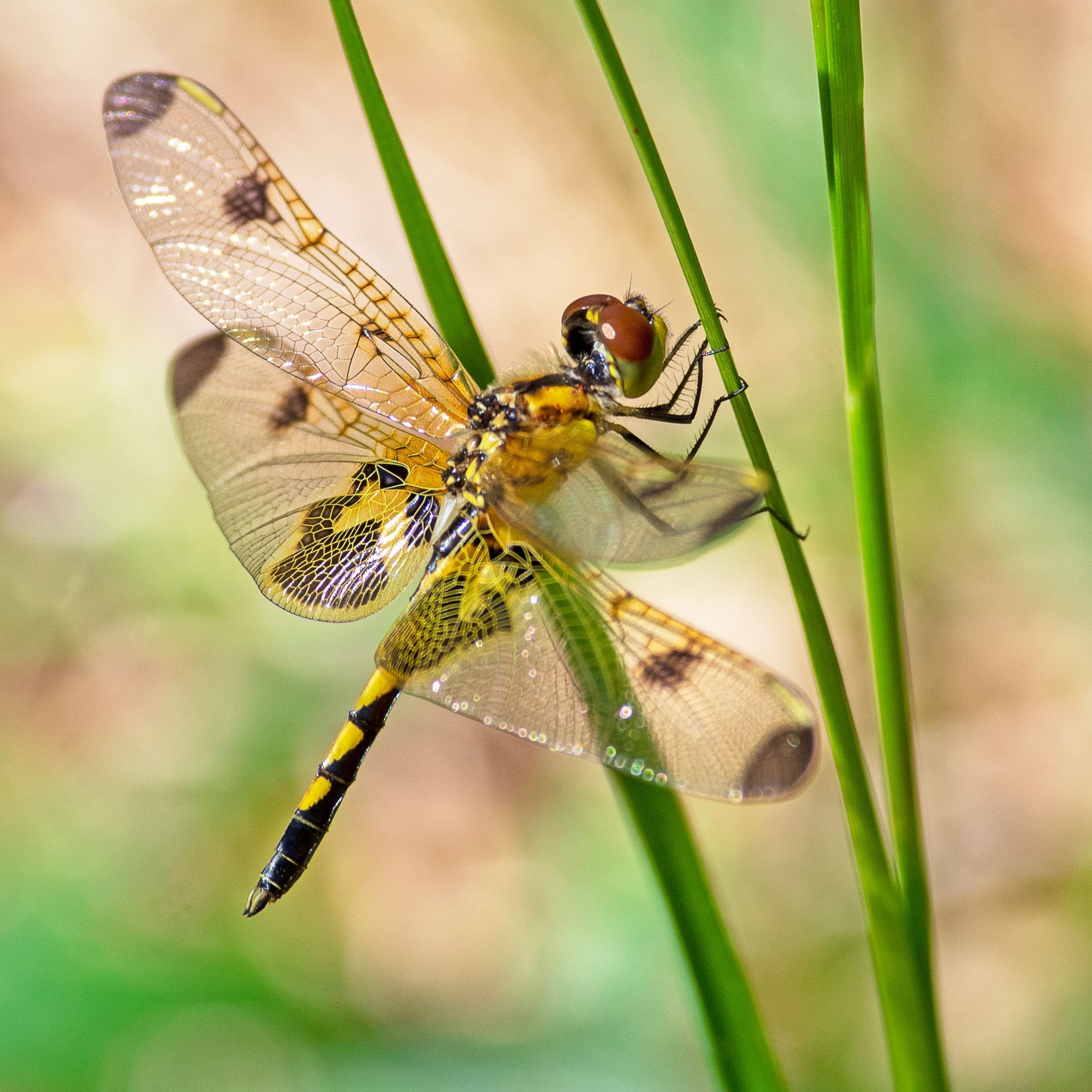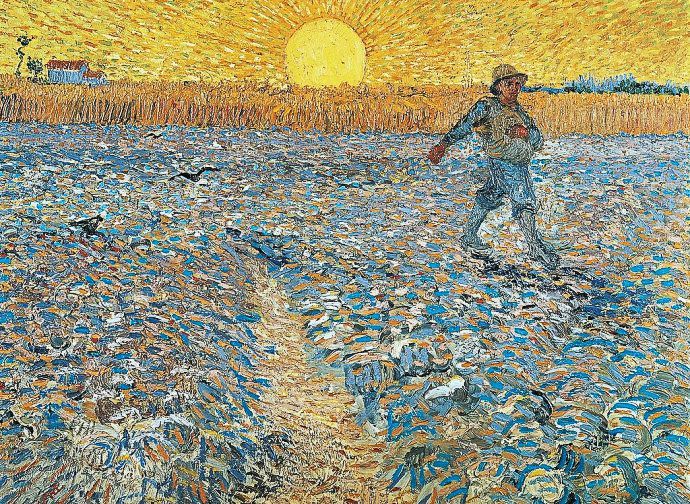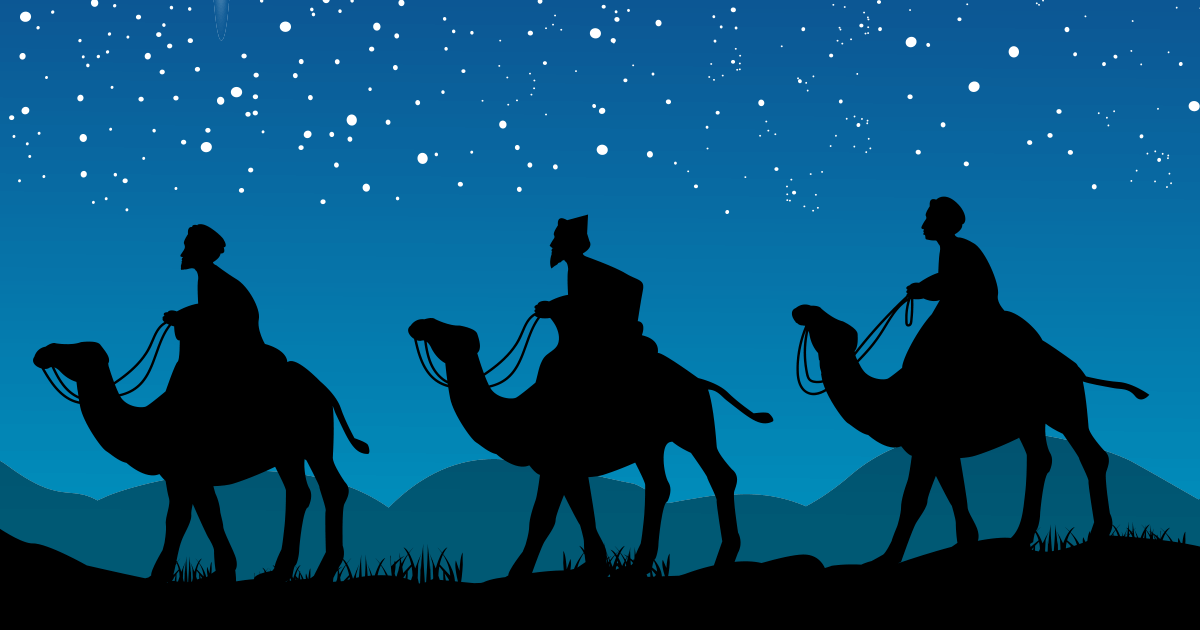The Episcopal Church
Balancing Monstors of Love
Deacon Bette's sermon for All Saints, Nov. 5, 2023.
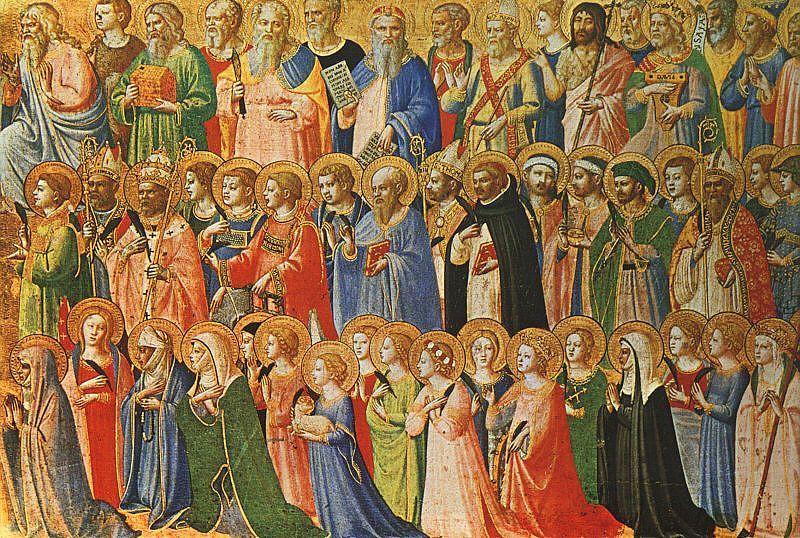
“We believe… in the communion of saints.” Our Apostles Creed—which we will say momentarily--says so, and today is All Saints, the day the Church celebrates the communion of saints.
The Apostle’s Creed is also our Baptismal Covenant, and so, every time we baptize someone, we affirm our belief in the communion of saints. It’s right there in a list of things we believe, sandwiched between “the holy catholic church” and “the forgiveness of sins.” Pretty important stuff.
In fact, All Saints is one of the Principal Feasts of the Church, right up there with Easter, Pentecost and Christmas. But what does it mean to believe in “the communion of saints”? We have images and ideas galore to go with those other principal feasts, but what images and ideas come to mind when we say we believe in the communion of saints?
Today’s entrance hymn (#287) evokes for me, images of the past. The first two verses are about those who have died: “For all the saints, who from their labors rest…” These verses are written mostly in the past tense: They confessed Jesus before the world, and he was their rock, their fortress, and their might...
By verse four, we’re moved to the present, but remain connected with those who have gone before: “O blest communion, fellowship divine! We feebly struggle, they in glory shine; yet all are one in thee, for all are thine.”
And, if we hang in all the way to verse seven, we look to the future: “…lo, there breaks a yet more glorious day; the saints triumphant rise in bright array, the King of Glory passes on his way.”
So there you have it. The communion of saints is about the past, the present and the future, and about the relationships that are the thread connecting the past, present, and future.
That’s the first piece of the picture I want to paint with you today. The communion of saints stretches through time. It is about the great ongoingness.. of God’s relationship with God’s people.., and about the relationships of God’s people with each other.
I struggled over the past few days trying to come up with an analogy or metaphor for the communion of saints, something that would help me share my sense of it. The best I came up with, and it’s not perfect, is a river.
The communion of saints is a mighty river, made up of the people of God, extending backward and forward, from this moment… in time and space.
Our readings today can help us fill out this image of the communion of saints as a mighty river extending through time.
To begin with the Revelation: No matter how often I read or hear it, I am always thrilled by the picture John paints: “…and there was a great multitude that no one could count, from every nation, from all tribes and people and languages, standing before the throne and before the Lamb…
In my mind’s eye, I see trickles of people from all over—across the continents and from around the globe, an incredibly diverse array of people—coming together to form this great multitude, like trickles come together to form a mighty river.
And what is it that brings them together? What, in all their diversity, do they share? Our lesson from First John tells us it is the love God has given us. Indeed, we are called children of God because of the love the Father has given us.
Notice that John does not say, “See how the Father loves us.” Rather, he says, “See what love the Father has given us.”
The difference it makes is that we cannot be the passive recipients of God’s love. We have been given the ability to love, and the only way to accept that gift is to love like God loves.
God’s love demands a loving response, not only to God, but also to the saints of all ages. Solidarity arises not simply from contemporary people of faith, but from all those who precede and those who will follow.
In other words, the love that comes from God constitutes the community of believers. It is the thread that binds all believers together, past, present, and future, known to us and as yet unknown.
Hearing about God’s love is pretty comforting to us, but First John makes another point about the community of saints that is not so comforting: “The reason the world does not know us is that it did not know him.”
Here the author of First John draws attention to the outsider status of the communion of saints. A community constituted by God’s love is a community the world, constituted by other values, will have trouble understanding.
Indeed, the very definition of “the world” is that which is alienated from God by its own blindness, its inability to see and accept God’s constituting love. So, does that mean that to be a saint, one must be aloof from the world? Must stand apart so as not to be sullied by the sin and violence of the world?
Far from it. Remember that “God so loved the world” that he came to it in the form of a human in order to experience the world as humans experience it, in all of its pain and suffering even unto death. To love like God loves is thus to love the world.
You are probably familiar with the pop music of Jewish Canadian balladeer, Leonard Cohen. He is, perhaps, an unlikely source for a sermon on the saints, but in fact, in addition to many songs, he wrote an experimental novel called “Beautiful Losers.” And in that novel is a paragraph about saints.
Cohen says saints are humans who have a special connection with the “energy of love,” and this enables them to achieve a kind of balance in the midst of the chaos of life on planet earth. Cohen says the saint does not resolve the chaos. There’s something incredibly arrogant about the notion that a human could put the universe in order. Rather, it is glorious balance the saint achieves. Here is the description in Cohen’s words:
[The saint] rides the drifts like an escaped ski. His course is a caress of the hill. Something in him so loves the world that he gives himself to the laws of gravity and chance. Far from flying with the angels, he traces with the fidelity of a seismograph needle the state of the solid bloody landscape. His house is dangerous and finite, but he is at home in the world. He can love the shapes of human beings, the fine and twisted shapes of the heart.
Cohen concludes by noting, It is good to have among us such men, such balancing monsters of love.
“Balancing monsters of love”—people who are fully in the world, fully in touch with trials and tribulations, pain and suffering, life and death in all its glory and pathos—and still love humankind as God loves us—the twisted and misshapen along with the fine and good.
And what are the saints doing as “Monstors of Love”? Author Madelaine L’Engle gives us a glimpse in her book, “A Stone for a Pillow.” She tells of a good man who dies and goes to heaven. St. Peter welcomes him at the pearly gates. He enters and wanders about, blissfully happy. It is exactly as he expected: streets of gold and alabaster, plenty of milk and honey, golden harps and heavenly music.
But as he wanders about in amazement, he gradually realizes there’s no one else there. The streets are empty except for him. Finally, he goes back to the gate and asks Peter: Is this really heaven? And Peter says, Yes, don’t you like it?
And the man says, Yes, yes, it’s gorgeous. It’s everything I was taught it would be. But… where is everybody? Where are the prophets and the holy family? Where are all the saints?
Peter answers, “Oh, them? They're all down in hell, ministering to the damned. If you'd like to join them, I'll show you the way."
In the name of God, Father, Son and Holy Spirit. Amen.



